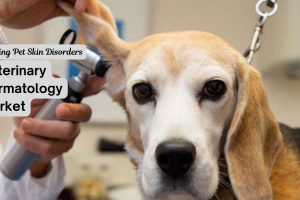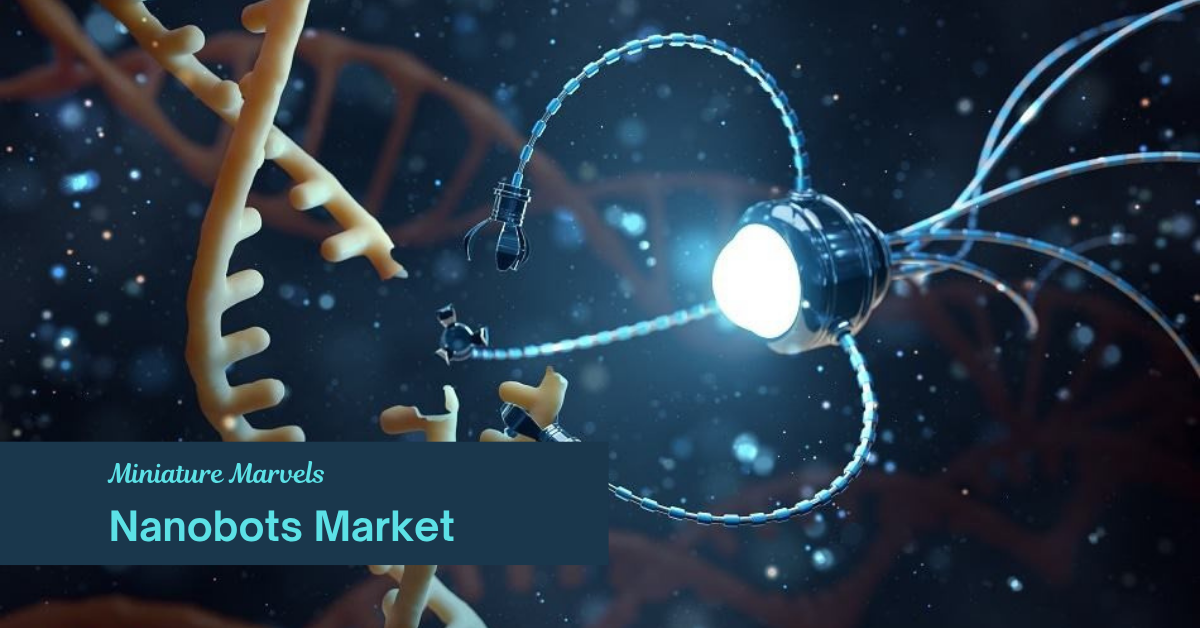The latest market report published by Credence Research, Inc. is “Global Automotive Selective Catalytic Reduction (SCR) Market: Growth, Future Prospects, and Competitive Analysis, 2018 – 2030”. The Global Automotive Selective Catalytic Reduction (SCR) Market generated revenue of around USD 8746.2 million in 2022 and is projected to grow a CAGR of over 12.5% during the forecast period from 2023 to 2030 to reach around USD 19947.4 million in 2030.
SCR is a contemporary active emissions control technology device that reduces nitrogen oxide (NOx) tailpipe emissions in newer-generation diesel-powered vehicles and equipment to near-zero levels. It converts nitrogen oxides into nitrogen, water, and residual carbon dioxide (CO2) using diesel exhaust fluid (DEF). It is extremely cost-effective and fuel-efficient, enabling manufacturers to optimize engine speed while balancing it. Vehicle production is growing, increasing global demand for automotive selective catalytic reduction (SCR). The growing use of automotive catalyst systems in automobile emission control devices is one of the major factors driving the global market. Governments in several countries are also implementing stringent restrictions on pollutant emissions from vehicles caused by the combustion of fuels like gasoline, fuel oil, diesel fuel, and biodiesel. As a result, vehicle manufacturers are implementing automotive SCR systems, propelling the market growth. Besides, the prevalence of respiratory diseases is increasing due to worldwide air pollution. This, combined with increasing awareness of the benefits of automotive SCR to reduce emissions, offers industry investors lucrative market growth possibilities. However, the high cost of automotive SCR technology and a lack of emission regulations in developing nations impede the market growth. Many automakers are searching for alternative emission control options for their vehicles. Furthermore, government incentives and subsidies to purchase electric vehicles and the rapid worldwide adoption of electric cars faces barriers to market expansion.
The global automotive selective catalytic reduction (SCR) market is bifurcated into Vehicle Type, Component, Fuel Type, and Geography. The market is categorized into passenger and commercial vehicles based on vehicle type. The global market is segmented on components into urea tanks, urea pumps, engine control units (ECU), injectors, and others. The market is divided into gasoline and diesel based on the fuel type. The market is segmented based on geography: Europe, Asia Pacific, North America, Latin America, the Middle East, and Africa.
The Automotive Selective Catalytic Reduction (SCR) Market major players analysis is a comprehensive study that sheds light on the key market players and their strategies. The report provides detailed information about the leading companies operating in this market, including their product portfolios, financials, and business models. Some of the major players analyzed in this report include Faurecia SA, Tenneco Inc., Rochling Group, Eberspaecher Group GmbH & Co. KG, Friedrich Boysen GmbH & Co. KG, Continental AG, Johnson Matthey PLC among others. These companies are constantly engaged in research and development activities to enhance their products’ performance and meet stringent environmental regulations globally while providing high-quality automotive SCR systems to meet consumer preferences.
Europe dominated the global automotive selective catalytic reduction (SCR) market in 2022 due to the growing use of light commercial vehicles for off-road activities and stringent emission regulations in this region. Europe will see significant growth, as the European Union (EU) has stringent vehicle emission standards based on EURO engine standards. This is anticipated to be the most important factor in this region’s SCR market’s growth. Moreover, recent advancements in SCR systems in this region will contribute to the market’s growth over the forecast period. For instance, Volkswagen’s most recent SCR technology decreases NOx emissions by 80%. Thus, installing SCR systems in vehicles can significantly decrease overall air pollution levels.
Some of the key dynamics shaping the automotive SCR market:
- Emission Regulations: The automotive industry is under increasing pressure to meet government regulations for emissions reduction. The use of SCR technology helps to reduce nitrogen oxide (NOx) emissions, which are a major contributor to air pollution.
- Fuel Efficiency: The demand for fuel-efficient vehicles is growing due to rising fuel prices and environmental concerns. SCR technology can improve the fuel efficiency of diesel engines by reducing emissions and improving engine performance.
- Increasing Adoption of Diesel Engines: Diesel engines are gaining popularity due to their superior fuel economy and torque output. However, diesel engines also emit higher levels of NOx. The use of SCR technology helps to reduce these emissions and make diesel engines more environmentally friendly.
- Technological Advancements: With the advancement of technology, SCR systems have become more efficient and reliable. Newer SCR systems are designed to be smaller, lighter, and less expensive than older models.
- Cost-Effective Solution: The use of SCR technology is a cost-effective solution for reducing emissions compared to other technologies, such as exhaust gas recirculation (EGR).
- Overall, the automotive SCR market is expected to continue to grow due to increasing government regulations for emissions reduction, rising demand for fuel-efficient vehicles, and the adoption of diesel engines. The market is also expected to benefit from the ongoing technological advancements in SCR systems, which will make them more efficient and cost-effective.
Why to Buy This Report-
- The report offers a quantitative and qualitative analysis of the global automotive selective catalytic reduction (SCR) market by segments, drivers, current trends, restraints, challenges, opportunities, and market dynamics with the historical period from 2018–2021, base year–2022, and forecast period 2023–2030.
- The report gives insights into the competitive landscape, including how key players in the market are operating globally, regionally, and at the country levels.
- The report contains an extensive analysis of the global automotive selective catalytic reduction (SCR) market segmentation by vehicle type, component, and fuel type, which can assist stakeholders in better understanding market dynamics and identifying potential growth opportunities.
- The report offers business insights into technological advancements, research and development activities, and product innovations in the global automotive selective catalytic reduction (SCR) market.
Browse Full Report: https://www.credenceresearch.com/report/automotive-selective-catalytic-reduction-scr-market
Visit: https://www.credenceresearch.com/
Related Report: https://www.credenceresearch.com/report/military-airborne-radar-market
Related Report: https://www.credenceresearch.com/report/dredge-pumps-market
Browse Our Blog: https://www.linkedin.com/pulse/automotive-selective-catalytic-reduction-scr-market-size-singh










